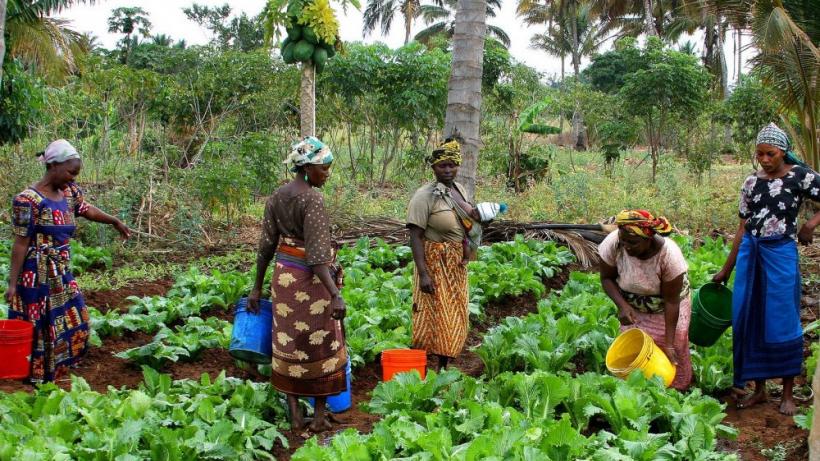
Impact of COVID-19: Firms, jobs, and women’s employment
Many businesses in the developing world have reopened following the end of lockdown restrictions. However, low demand is dragging on revenues and profitability, slowing any corresponding recovery in labour activity and employment. The nature of the shock means women’s employment is likely to be disproportionately affected, threatening to reverse progress in gender equality.
Containment measures have forced many businesses to close throughout the pandemic. In the developing world, many firms and workers operate in a large informal sector, often outside the scope of formal social protection, making them particularly vulnerable to restrictions imposed as part of the response to COVID-19. Six months into the pandemic, the hope for a V-shaped recovery has faulted in many respects, one of which being the return to work and economic activity. This not only threatens the livelihoods that are dependent on this work, but also gender equality, with a disproportionate effect on women’s employment.
Reopening the economy and scarring effects
The severity of containment measures in the developing world has generally subsided, allowing many to return to work. This is particularly welcome because, during the month-long lockdown in Lagos, for example, traders had virtually zero revenue. In Sierra Leone, Lagos, and Siaya county, Kenya, surveys show that most traders and businesses have now reopened following the lifting of lockdown, rather than ceasing operations entirely. However, persistently low demand is contributing to low revenues and profitability. In Lagos, revenues in May were around 72% of the levels in February and in Sierra Leone, weekly profits were around 50% lower than before the nationwide lockdown.
Despite businesses re-opening, working hours have not yet recovered to their pre-pandemic levels. An estimated 11.1% of working hours were lost in low-income countries in 2020/Q2 compared to 2019/Q4. This reflected both shorter working hours and “being employed but not working”, as well as unemployment or inactivity. Following the end of lockdown, fewer working hours were reported by 35% of respondents in Cote d’Ivoire, 29% in Ghana, and 15% in Colombia, as well as a significant proportion in Sierra Leone. In Lagos, the working hours of traders after lockdown were at just 38% of previous levels. Farmers in India and Kenya reported a decrease in labour activity, including not being able to work in theirs’ or others’ fields.
Effect on women’s employment
There is a worrying and greater effect expected on women’s employment, threatening to erode gains made in gender equality over recent decades. The impact of the downturn on the services sector, the large proportion of women in front-line occupations (e.g. health and social care), and the disproportionately increased burden of unpaid care all contribute to this. In Ethiopia, a survey of female garment workers in May found that just 56% were still working and 24% were on paid leave. Of those who were working, fewer than half were working the same number of hours as before the pandemic. Of those not working, searching for other employment was common but none had been successful.
Striking a balance
In the developing world, where social protection measures are often inadequate, maintaining work and employment is critical to preventing increased poverty. A balance must be struck between public health measures and allowing economic markets to operate, with an increased focus on how restrictions may impact the most vulnerable. In Uganda, examples where informal traders were given little notice of lockdowns and only allowed to open if they slept in markets, appear as costly policies with minimal public health benefits. In addition, gender-specific analysis and support is required to ensure that women’s concerns are addressed during and after the pandemic.
This blog is the third part of a series on the different impacts of COVID-19 in developing countries. See the other parts here and here.

